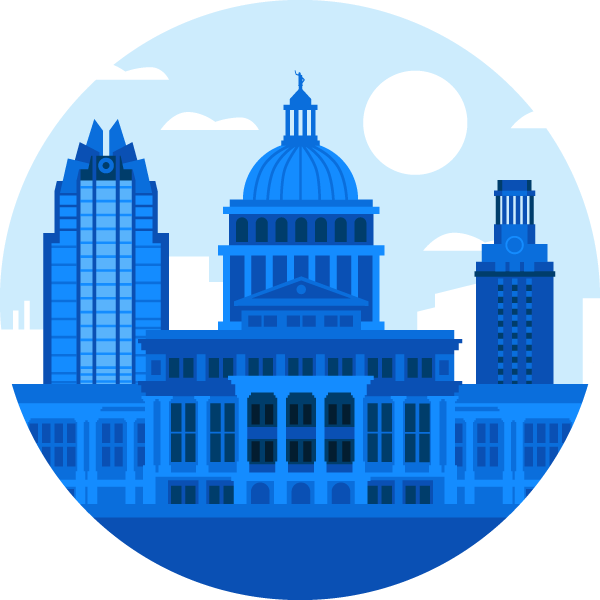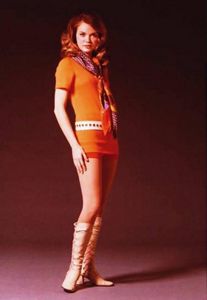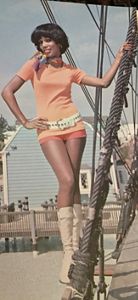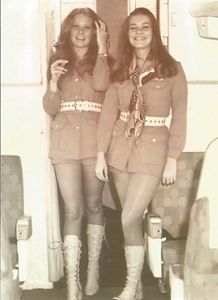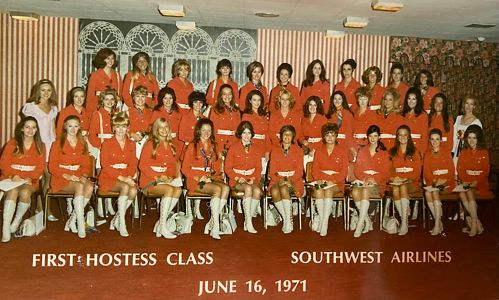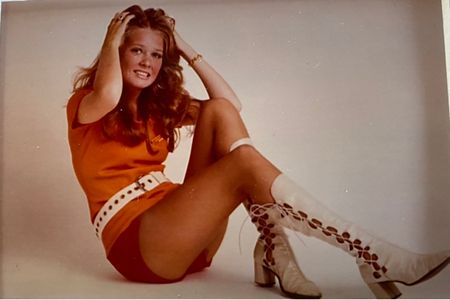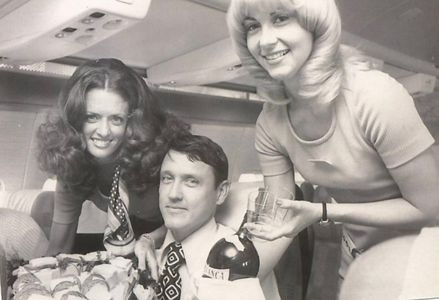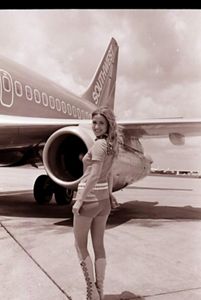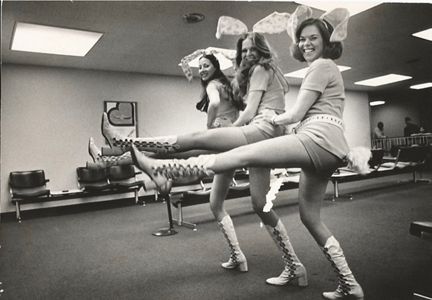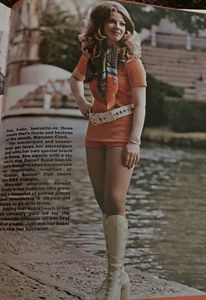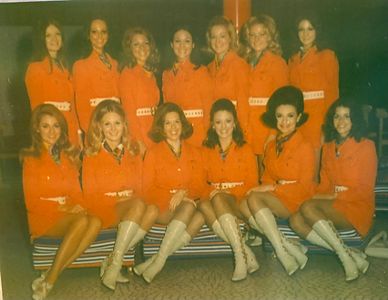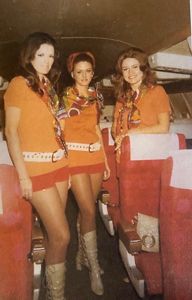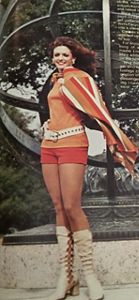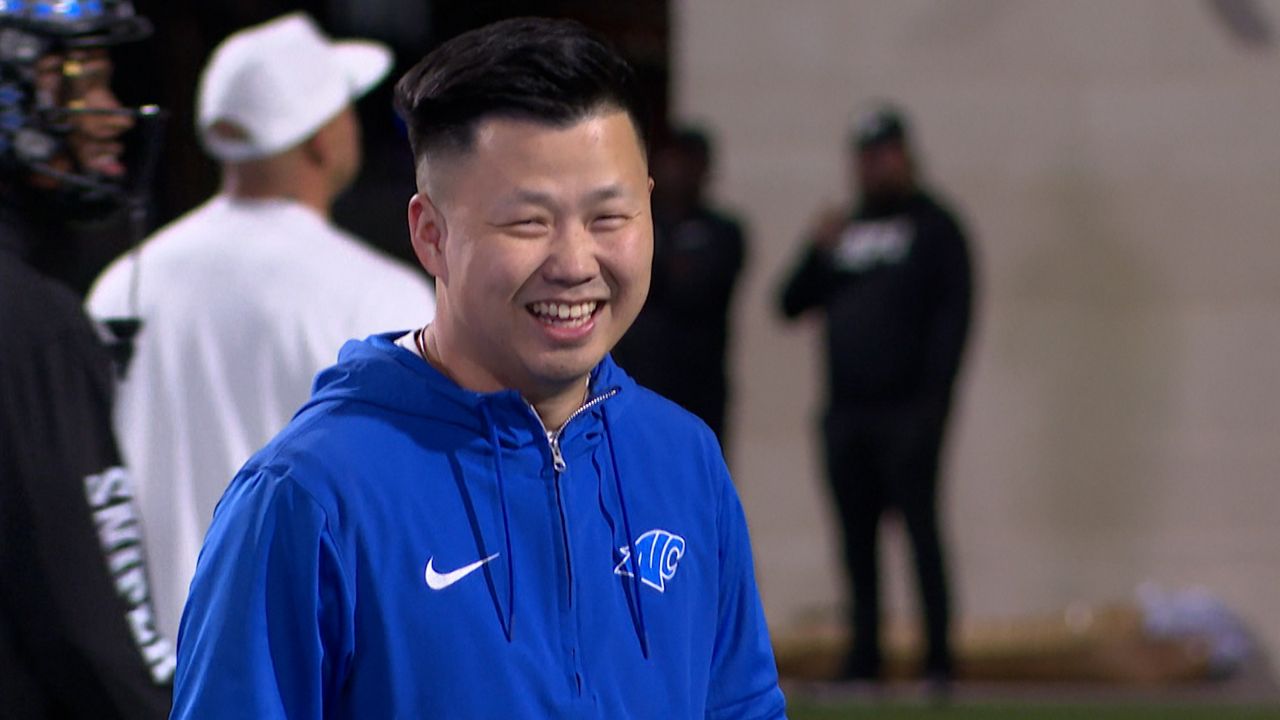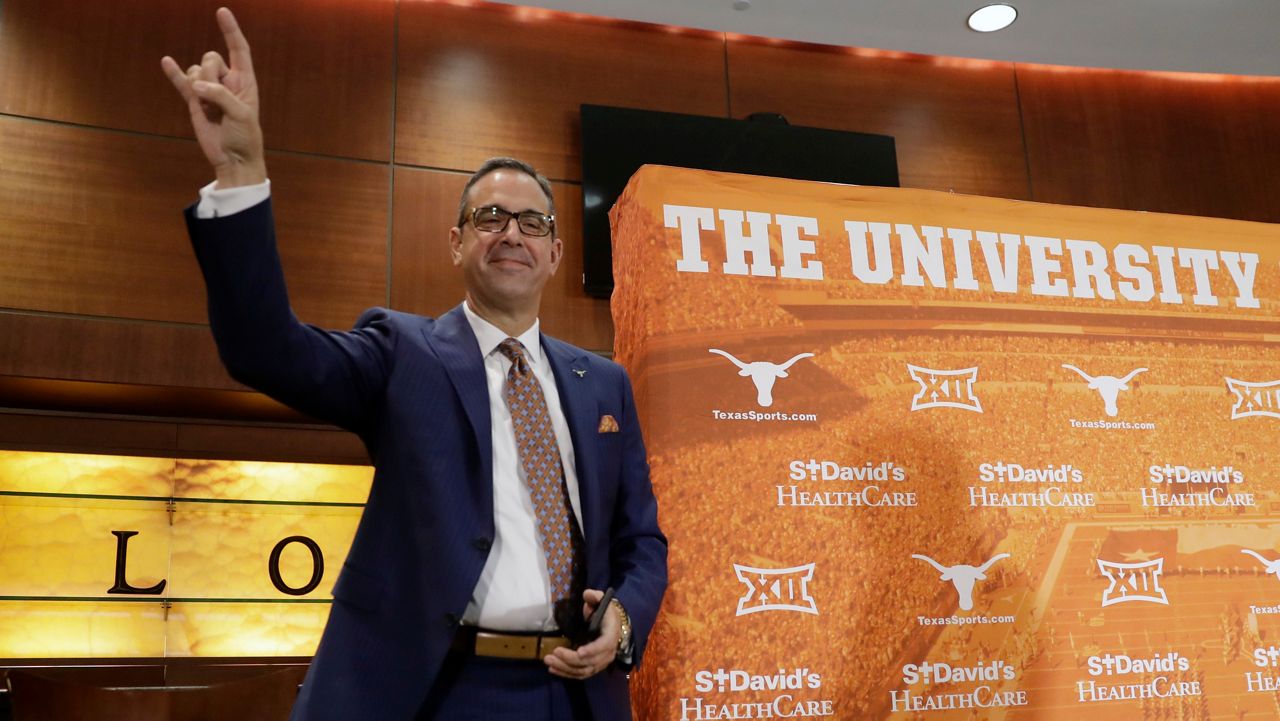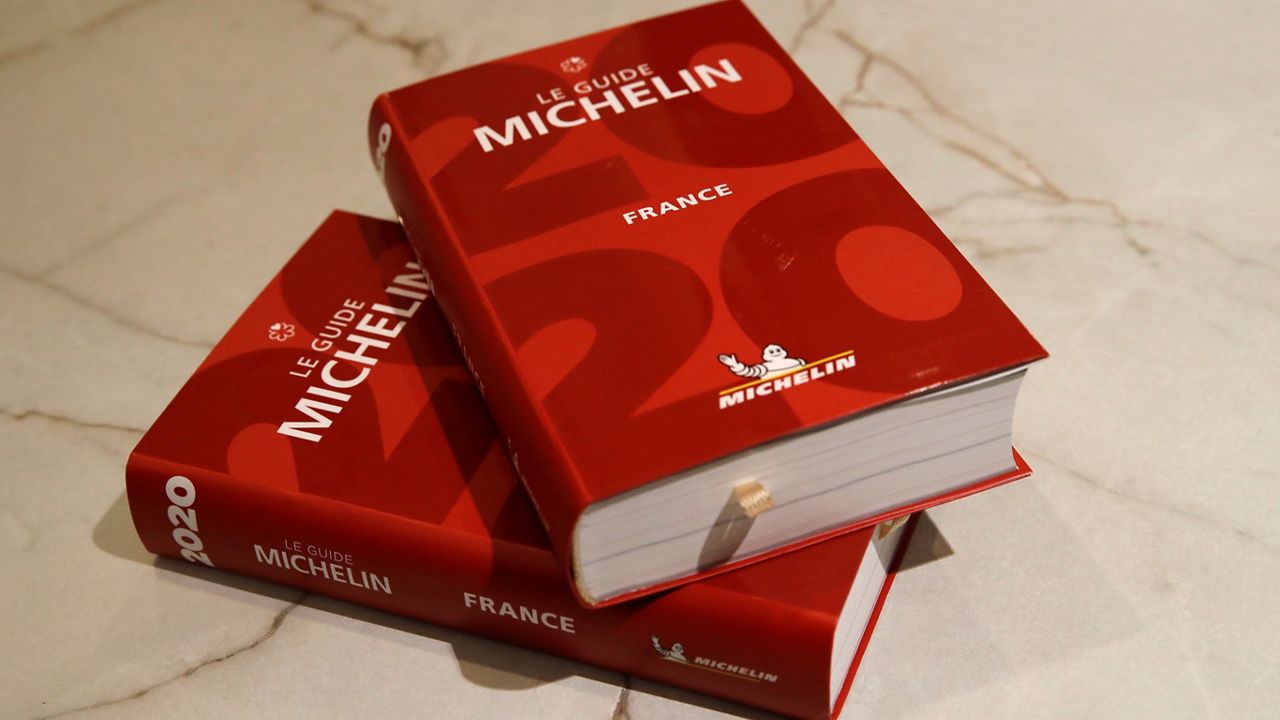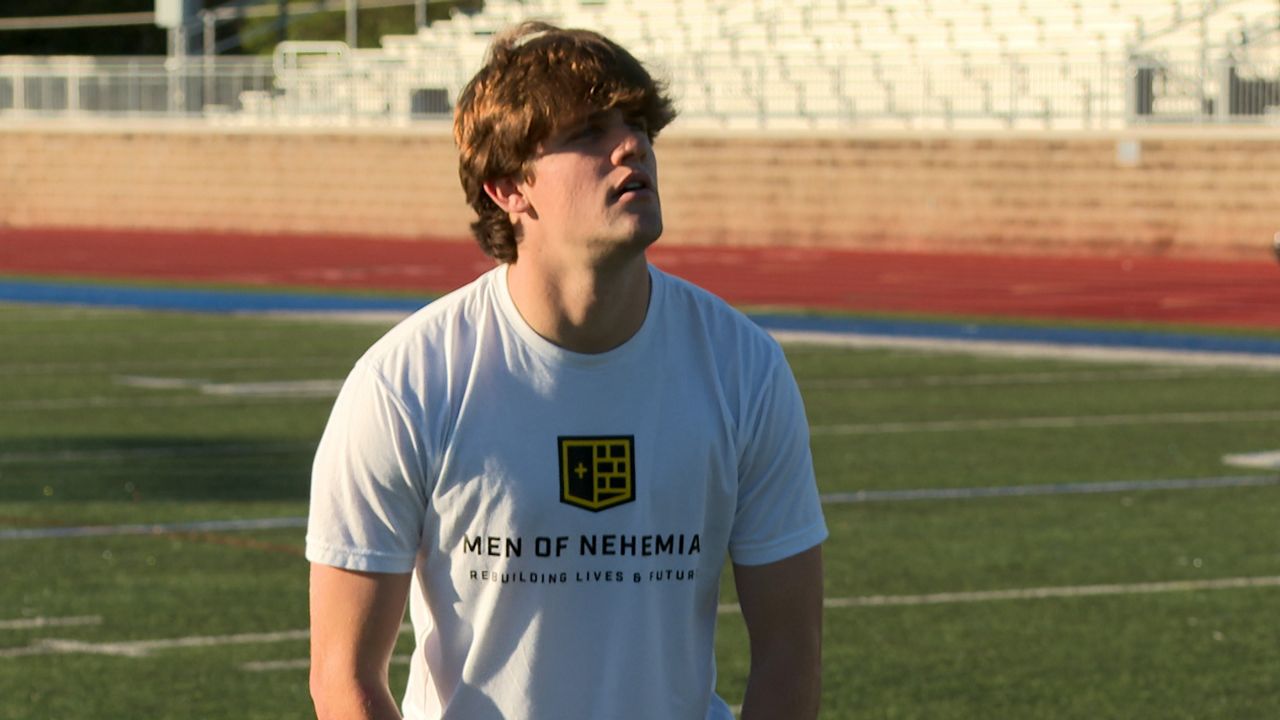DALLAS — Dallas-based Southwest Airlines took flight for the first time on June 18, 1971. Since its humble beginnings, the airline has made history by disrupting the industry with what the company calls putting "people before profit."
At the time, the airline only had three aircrafts in its fleet and just three destinations within the state of Texas: Dallas, San Antonio and Houston. It was a route referred to as the “Texas Triangle” after a sketch the Southwest co-founders Herb Kelleher and Rollin King made on a cocktail napkin in 1967 at the St. Anthony Club in San Antonio. Now, the airline is worth over $25 billion.
Of all the people with good things to say about Southwest Airlines, the ones with the fondest memories seem to be the flight attendants from some of the earliest flight classes. The women were affectionately called “hostesses” and were the “face” of Southwest. Back then, Southwest was still a fairly unknown airline.
"I was hired by American and Eastern at the same time, and I chose Southwest. And everybody’d go, ‘You have lost your mind. Why would you pick somebody that only has three airplanes?’ I said, ‘I don't want to go to New York and I don't want to go to Miami and I can stay right where I am.’ So I turned those two down to come to work at Southwest. It was the best choice I ever made in my life,” said retired hostess Patsy Walker.
In the 1970s, the women were scantily clad in “hot pants” and go-go boots, but that was the time they lived in. The uniforms have since become more conservative, but the vividness of the bright orange uniforms is forever ingrained in their memories.
“I loved that not only could I wear hot pants when I was off work, I could wear hot pants at work. And I thought, ‘Well that’s a winner,’” retired hostess Deborah Franklin said. "We did get pinched a lot, but that was the era.”
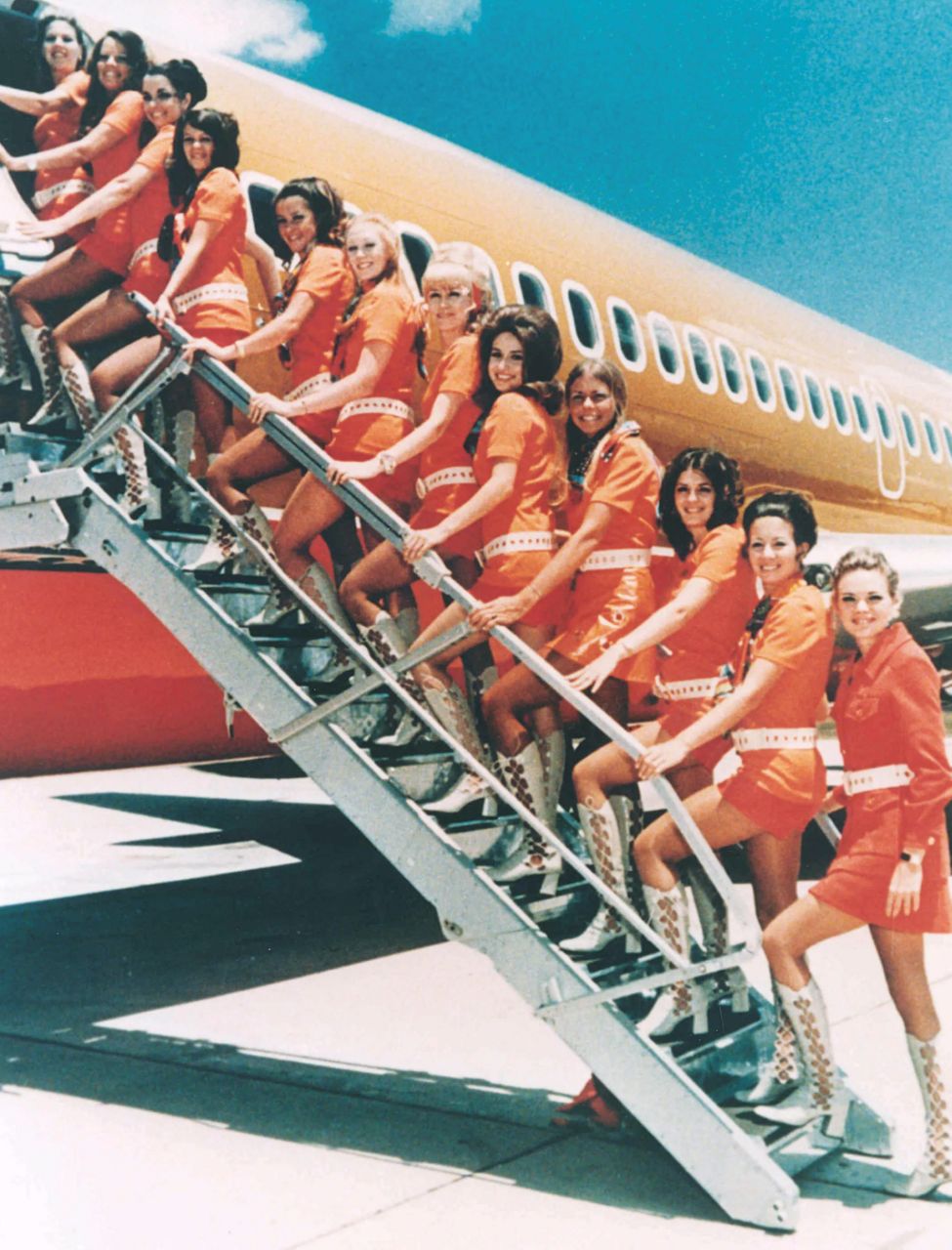
The women said something they’ll never forget was the interview process to become a Southwest Airlines hostess. It consisted of donning a pair of hot pants and platform shoes, walking back and forth across the room to show off their legs. The recruitment ad to convince women to apply to Southwest was titled “Dear Raquel Welch,” and “offered” her the position of hostess because she typified the girls the airline was looking for: “warm, personable and great-looking in hot pants,” and narrowed it further to “at least 20 years old, 20/50 vision without glasses, between 5’2” and 5’7”, 100 to 135 pounds."
“That’s how things have changed since then. I didn’t think anything about it. But we weren’t offended back then,” Franklin said. "Believe it or not, I was very shy. Southwest Airlines made me this way."
Franklin was in the first hostess class in 1971. She and her old coworkers get together annually to reminisce on the early days at the airline and catch up. On the 50th anniversary of Southwest’s first commercial flight, Franklin and Mary Skwarlo Goins, Judy Seely Bacon (both in the second hostess class), Patsy Walker (sixth hostess class) and Sue Roberts Stewart (seventh hostess class) reunited at the Frontiers of Flight Museum at Dallas Love Field Airport.
"I mean it makes me almost cry because we have remained friends. We've been to weddings, funerals, births, for all these years,” Walker said.
The women quite literally were with the company from the ground up, even when there were concerns from the higher-ups that it would fail.
“They used to tell us ‘Ladies, this game is just about over. We are not going to make it. You need to start looking for a job.’ I'm looking at him and thinking, ‘This is a job? Oh!’” Skwarlo Goins said.
"Lamar Muse, who we adored, he'd come to us and he’d go, ‘Now ladies, I don't know if we can make a paycheck this month.’ We’d go, ‘That’s okay Lamar, we’re having so much fun!’ And I was thinking back ‘Well how would we have paid for anything?’ But we really thought it was gonna make it. I don't think we ever doubted it not making it,” Franklin said.
The women describe the early days at Southwest as a nonstop “party,” but also hard work.
"The friendship and the learning experience and the places I’ve got to go and the parties we would have on layovers. We would have birthday parties, even if we weren't on that trip, we would fly to wherever, whoever's birthday it was. It was a party,” Walker said.
The women got to flex their hospitality skills with every flight, making every passenger feel welcome.
"The best thing is we’d love to get 137 people on there that are in a bad mood and we’d get them off laughing,” Skwarlo Goins said.
"It used to be a challenge to see if you could get someone happy that wasn’t,” Roberts Stewart said.
"You gotta like people,” Seely Bacon said.
"All types of people,” Skwarlo Goins specified.
And although the airline industry made flight attendants out to be glamorous, the women said that wasn’t always the case.
"We stood on our feet for hours, we served three or four drinks to one person in 45 minutes,” Walker said.
"And in our giant heels,” Franklin said.
"In high heels, we've all had foot surgery,” Walker said.
"It is a service oriented job. It's about service,” Roberts Stewart said."
"It’s not about glamour,” Walker said.
"We were on the floor all the time looking for that glamour, under all those seats,” Skwarlo Goins said.

When Southwest Airlines was only flying in and out those initial three Texas cities with $20 one-way fares, some flights would be as small as just three people. But that didn’t change the level of attentiveness the women brought to the airplane cabins.
“I think it was all just fabulous. We had fun. We had fun with the passengers. They had fun with us,” Seely Bacon said. “At first, you know, there were three passengers, so we moved them all up to the front of the cabin, and we’d just have a ball."
All of these women reunite at least once a year, but since COVID grounded travel in 2020, it’s been a while since they’d seen each other. And to this day, they have nothing but good things to say about their time with Southwest.
"Everybody makes friends in life, but since we went on trips with each other for years. We were family. We were a tribe. And it's really kind of hard to explain it. It is a culture that Southwest built, we built,” Skwarlo Goins said. "The love and the things we’ve been through together, it’d take forever to tell them all to you."
"It was the best choice I ever made in my life,” Walker said.
"I still talk about it, and people want to hear about the stories I have to tell them about Southwest,” Seely Bacon said.
“You don't tell anybody or they'll say 'What did you do?’ 'I used to fly for Southwest Airlines.' And they all go, ‘Oh I love that airline!’ That’s cool. That means a lot,” Roberts Stewart said.
"Our memories and our family and everything about Southwest was our life for so many years. It still is and we still love everything about it,” Walker said.

